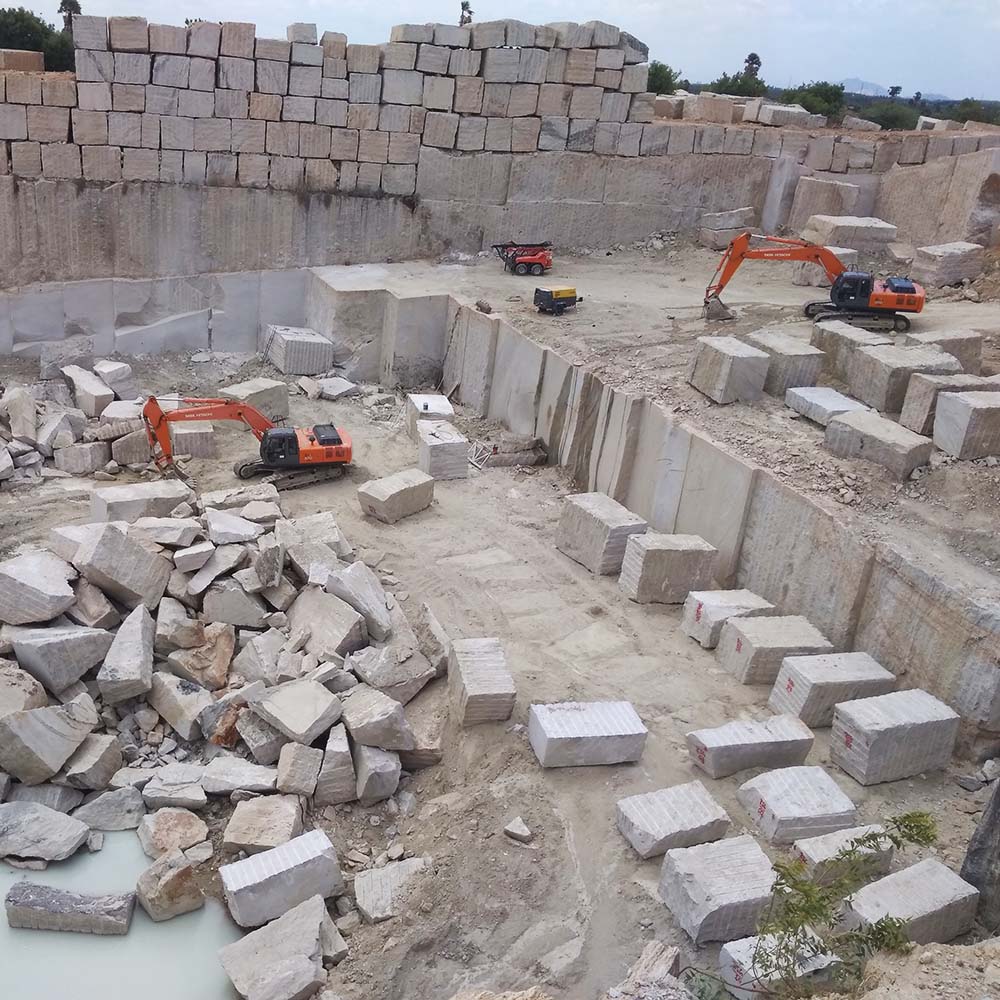Discovering the Beauty of Granite Quarry in South Africa Marvels
Discovering the Beauty of Granite Quarry in South Africa Marvels
Blog Article
Discovering the Rich Background and Sustainable Practices of Granite Quarrying
As we depend on the precipice of uncovering the detailed tapestry of granite quarrying, a trip via time discloses not simply the physical act of removing rock yet likewise the social and historical importance woven into the really material of this method. From the old origins that laid the structure for modern-day quarrying methods to the lasting practices that are shaping the future of this sector, each chisel mark on granite surfaces informs a tale waiting to be unearthed (granite quarries in south africa). The tradition of granite quarrying stretches much beyond plain extraction; it is a testimony to human resourcefulness, resilience, and the enduring allure of this impressive stone
Ancient Beginnings of Granite Quarrying
Dating back to ancient human beings, the technique of quarrying granite has actually been an important component of human background and building improvement. The earliest evidence of granite quarrying go back to old Egypt, where large pyramids and intricate sculptures were crafted from this sturdy stone. The Egyptians used primitive tools to draw out granite blocks from quarries, showcasing the significance of this product in their monumental buildings.
Moving ahead in history, the Greeks additionally made substantial payments to the quarrying of granite. The Greeks used granite in numerous architectural marvels, such as temples and sculptures, demonstrating their ability in shaping and carving this durable stone. The Romans better improved the methods of quarrying granite, employing sophisticated tools like blades and hammers to remove and form granite for their famous structures.
With the centuries, the method of quarrying granite has actually advanced, with contemporary technologies enhancing efficiency while preserving the classic allure of this all-natural stone - granite quarries in south africa. From ancient human beings to modern contractors, the heritage of granite quarrying remains to form our globe
Advancement of Quarrying Strategies
The advancement of quarrying methods has been marked by a continuous development towards better efficiency and accuracy in removing granite. Early quarrying methods involved hands-on labor with fundamental tools such as knives, hammers, and wedges to draw out granite blocks from the earth.
In more recent times, the advent of machinery transformed the quarrying sector, making it possible for quicker extraction prices and boosted performance. Technologies such as diamond cable saws, high-pressure water jets, and pneumatic drills have actually ended up being typical in modern quarries, permitting for precise cutting and decreased waste. Improvements in computer-controlled equipment and 3D modeling have actually enhanced quarrying operations, leading to very little environmental effect and improved sustainability practices. As the need for granite continues to climb, the development of quarrying methods stays essential to meeting sector requires effectively and sustainably.
Social Relevance of Granite
Granite holds an extensive cultural importance across different worlds because of its enduring visibility in architectural masterpieces and admired monoliths. From the marvelous pyramids of Egypt to the complex carvings of the Angkor Wat holy place in Cambodia, granite has actually been a material of choice for revealing splendour and longevity in social heritage. In ancient Rome, granite columns adorned holy places and public structures, representing strength and permanence. The cultural value of granite extends past its physical qualities; it personifies resilience, stability, and timelessness, making it an icon of enduring traditions and traditions.

Sustainable Practices in Quarrying
Amidst the rich history of granite quarrying and its social importance exists an expanding emphasis on lasting techniques within the sector. As environmental recognition and worries concerning resource deficiency have heightened around the world, the quarrying market has progressively welcomed sustainable techniques to minimize its influence on the environment and surrounding areas.

Furthermore, recovery and rehab of quarry sites post-extraction are essential to lasting techniques. By bring back quarried areas to a natural or beneficial state, such as producing wildlife environments or recreational areas, quarriers can counter the ecological footprint of their operations and add favorably to the neighborhood ecosystem.
Heritage of Granite Quarrying
With a historical background soaked in workmanship and industrial progression, what sustaining effect has granite quarrying left on the landscape of contemporary society? The tradition of granite quarrying transcends plain removal methods; it has shaped building marvels, city landscapes, and cultural heritage worldwide. The resilient nature of granite has actually made it a favored option for monuments, buildings, and infrastructure, standing as a testament to the skill and artistry of quarry look at here now employees across generations.
Furthermore, the economic impact of granite quarrying can not be forgotten. The industry remains to give employment opportunities and drive local economies in areas where granite extraction prevails. It has additionally spurred technical improvements in quarrying strategies and devices, resulting in a lot more efficient and lasting methods.
In terms of sustainability, the tradition of granite quarrying consists of initiatives to minimize ecological influences with reclamation tasks and responsible source administration. By balancing financial passions with environmental stewardship, the sector aims to guarantee that future generations can remain to take advantage of this enduring natural deposit.
Conclusion

Report this page